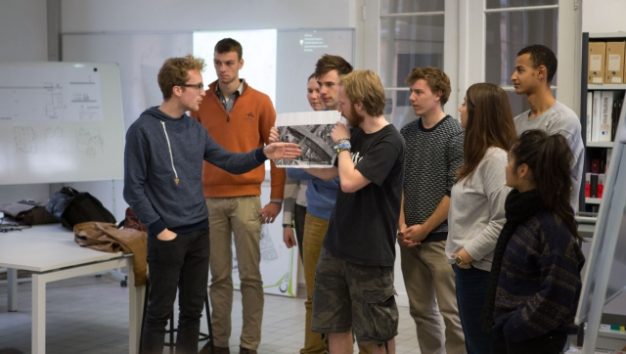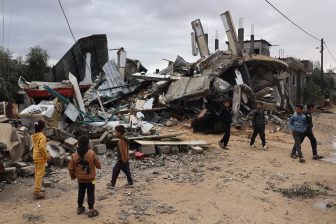
Interdisciplinary professional training for child and youth friendly spaces
Planning and designing child and youth friendly cities requires professional knowledge and skills from different disciplines, and the ability of different professionals to participate in an interdisciplinary dialogue. Yet most of the professional bachelor programs at universities or university colleges that are responsible for training tomorrow’s professionals have a clear mono-disciplinary focus. Therefore it is important that students get the opportunity to experience the virtues – but also the pitfalls – of working on interdisciplinary projects.
Teaching experiment
At University College Ghent (Belgium) we have organised an interdisciplinary teaching experiment around child and youth friendly urban design, involving social work students and landscape architecture students. Both groups benefit from a confrontation with ‘the other’ discipline in relation to the challenge of creating child and youth friendly environments. For social workers this involves adopting a more spatial understanding of the world and becoming more aware of how the built environment and its spatial design can impact upon social processes, interactions and opportunities. And for landscape architects there is the challenge to become more aware of the way children and adults use spaces, of the meanings that are given to these spaces by their users; of the way people identify with certain spaces and of the social processes that can facilitate the spatial design process.
The socio-spatial passport
Over the course of a week, mixed groups of social work students and landscape architecture students each studied a particular public space in the city of Ghent by reporting on the spatial structure of the space, and by observing patterns of its use the social interactions occurring there. Previous interactive workshops with children and teenagers had taught us that a significant number of teenagers lack places to meet in public space. Therefore, a central question for the students was to reflect on the question of how social interactions ‘take place’ in urban public space. For this purpose, a ‘socio-spatial passport’ was given to each group of students as an instrument to register social and spatial observations, and as a medium to communicate between different disciplines about the same observations.
The socio-spatial passports were a way to exchange reflections between social workers and landscape architects within each group, as well as between different groups of students. They encouraged students to connect social and spatial elements in a particular space and to explore the perspective of each other’s disciplines; and to find interdisciplinary answers to questions about what their observations could mean for the planning of child and youth friendly urban spaces.
Reflections on child and youth friendly urban spaces
After the project week, students processed the observations and reflections individually with regard to the implications on potential interventions within their own professional expertise. For the social work students, this was based on the question of how they estimated that social work interventions could connect to the particularities, the potentialities and affordances of the space they had observed. For the landscape architecture students this work was further continued in a design studio based on the question of what a child and youth friendly space could look like, taking into account teenagers’ expressed need for meeting places in public space, and the observations and reflections from the project week.
Challenges for the future
This was only a first experiment to let students from social work and landscape architecture work together around the question of child friendly urban spaces. The interdisciplinary dialogue limited itself to the level of joined observations and reflections about a certain urban space. An important challenge for the future is to have students also reflect upon interdisciplinary scenarios to make more child friendly spaces by combining spatial interventions and social work interventions. This is because investing in an open dialogue and mutual understanding and recognition between disciplines starts at the level of higher education.
Author: Sven Visscher




